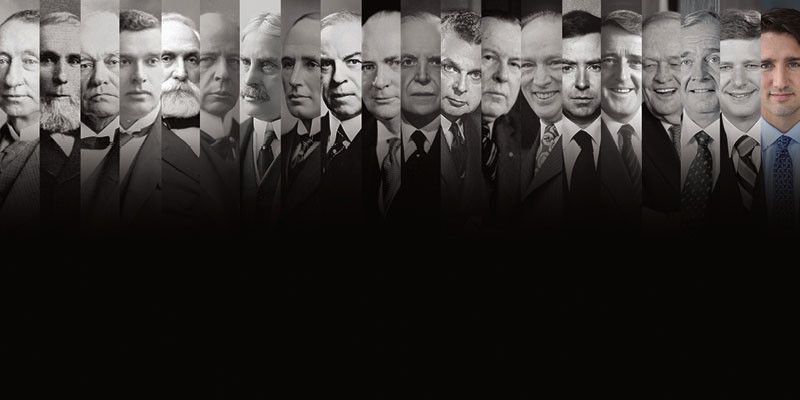An Analysis of Federal Debt in Canada by Prime Ministers Since Confederation
— Publié le 23, October, 2017

Summary
- Over Canada’s 150-year history, prime ministers have, in various ways, helped shape the country, often leaving a legacy that affects Canadians to this day. A key aspect to any prime minister’s legacy is whether they left the federal government more or less indebted.
- This bulletin measures the total percent change in (inflation-adjusted) debt per person over the course of the tenures of various prime ministers since Confederation—from 1870 up to the end of current Prime Minister Justin Trudeau’s term in 2019. Adjusting for inflation and for population growth allows for a comparison of debt legacies by prime ministers over an extended period of time.
- Historical context is important for understanding debt accumulation under various prime ministers. For example, total growth in debt per person under Sir Robert Borden (188 percent) and William Lyon Mackenzie King (145 percent) took place during global conflicts (World War I and World War II) and multiple economic downturns.
- Economic downturns, which are out of the direct control of a prime minister, contribute to the accumulation of government debt. The federal government collects less revenue and spends more during an economic downturn as Canadians make greater use of services such as Employment Insurance.
- However, of the prime ministers who did not face a global conflict or economic downturn during their tenure, the analysis finds that by the end of his term in 2019, Justin Trudeau is expected to be the largest debt accumulator (5 percent). The only other two prime ministers to increase federal debt without fighting a world war or experiencing an economic downturn are Sir Mackenzie Bowell and Sir John Abbott who both served in the late 19th century.


